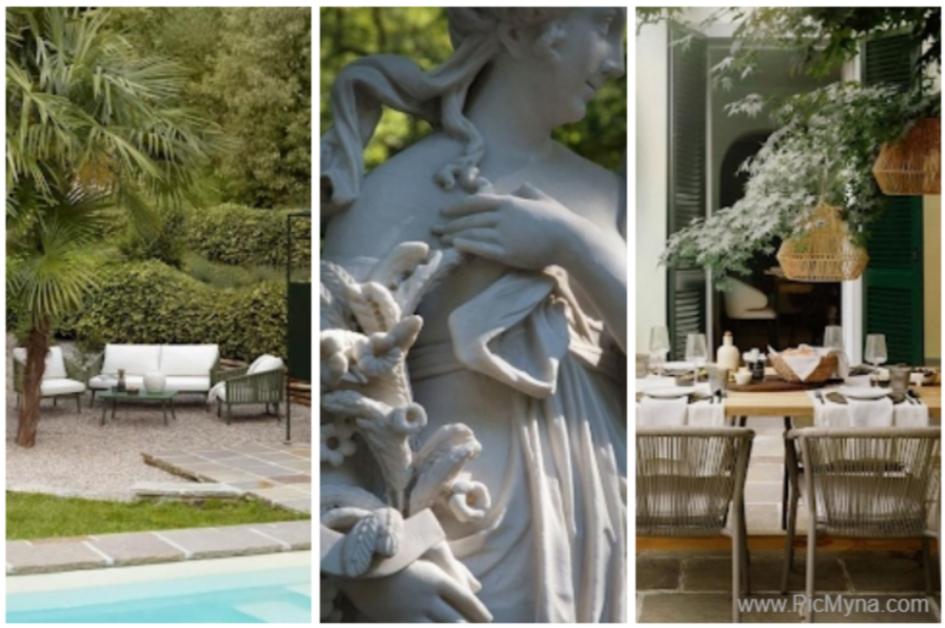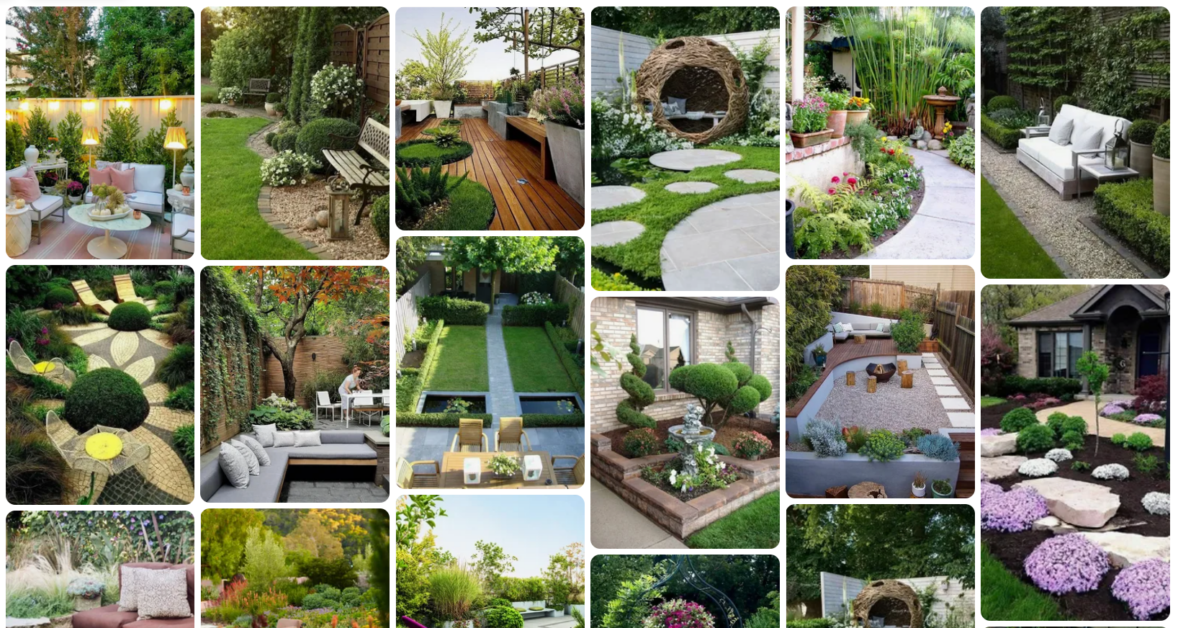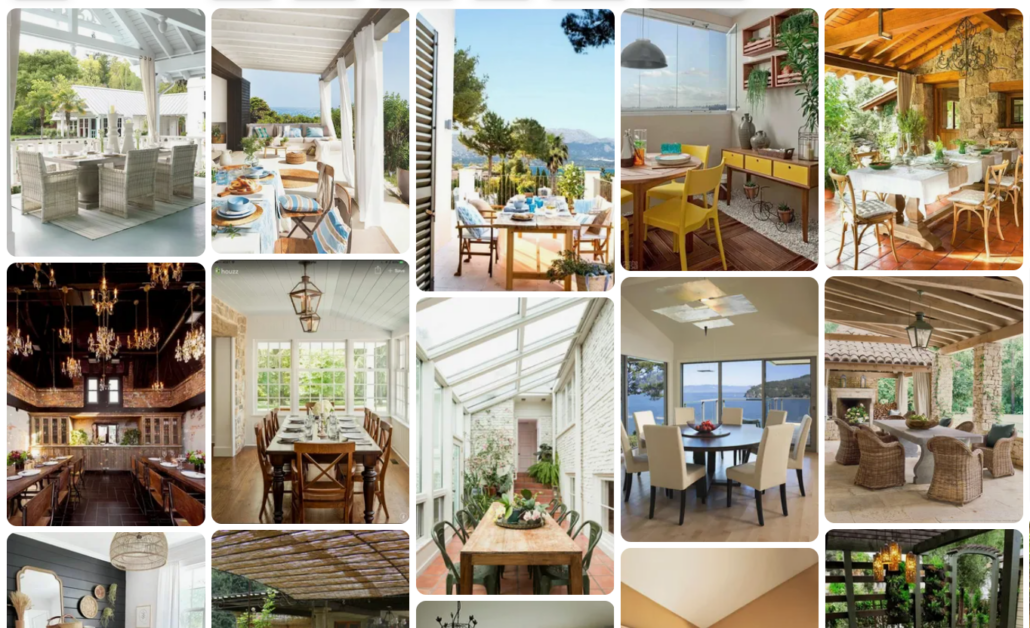Green geometries, water features, virtuosic pruning and a symphony of statues, fountains and architectural elements of impeccable taste.
The Italian garden is the perfect complement for an elegant home, animated by exclusive atmospheres.
A reference style for historic parks and period villas, it proves to be an interesting model for any type of green space, even tiny ones.
Discover how the Italian garden was born and how to reproduce its timeless charm.
Characteristics of the Italian garden
The Italian garden has its origins in the medieval garden and in the so-called garden of the simple, intended for the cultivation of medicinal plants.
The medieval cloister, closed to the outside world and characterized by a geometric division of spaces, evoked an ideal universe and the aspiration to reach Paradise through the practice of contemplation.
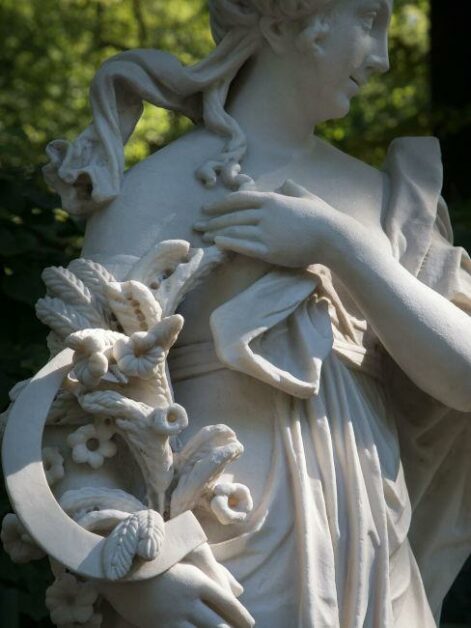
The Renaissance garden opens outwards, enhancing the “views” that embellish the external spaces of the urban villas and country homes.
Over the course of the sixteenth century, this model evolved into a garden that bewitched the gaze with a riot of water features, statues, green scenes and grandiose scenarios, created by topiary art and the constant dialogue between vegetation and architecture.
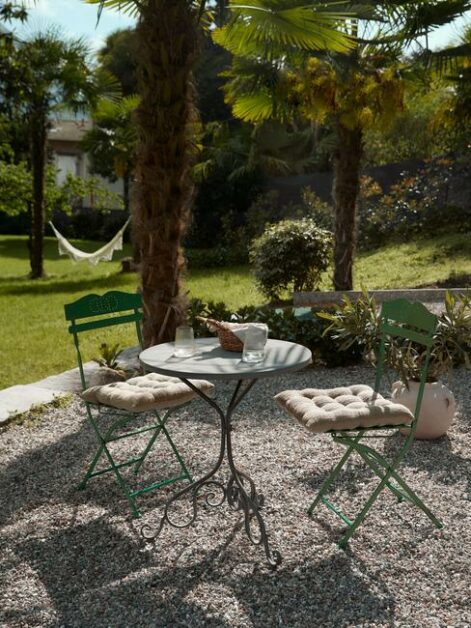
The Italian garden style, also called formal garden , reached maturity in the late Renaissance, serving as a model for the French garden.
Even the English garden , and if you look closely, does not ignore this style: the quote, however, plays on contrast, leaving more space for the landscape element.
How to create an Italian garden
The Italian garden has always been synonymous with elegance and refinement. A representative space that accompanies historic villas and exclusive homes, inspiring the design of parks and luxury estates.
This model is characterized, not surprisingly, by its magnificence and large dimensions, but there is also the possibility of reproducing it “in a small way” in your own outdoor space.
As? Here is a summary of the essential characteristics of the Italian garden and how to imitate it on a smaller scale.
Sizes and shapes
Rigor and symmetry are the key elements of the Italian garden, the result of careful planning based on symmetry and the search for artifice.
The flowerbeds are distributed in a mirror image, separated by gravel paths and bordered by evergreens sculpted by low pruning.
Its most evident feature is the architectural use of greenery: the topiary art is expressed in the squaring of the hedges that delimit the property, sometimes taking the form of tunnels and labyrinths.
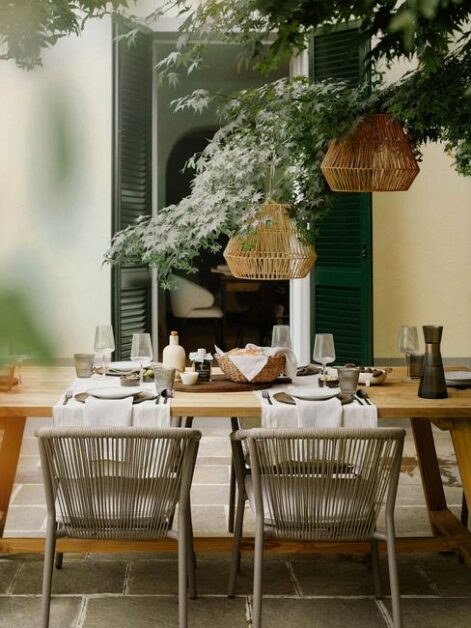
Most suitable plants and flowers
The Italian garden makes extensive use of evergreen shrubs such as boxwood , used for borders and to create visual focuses in strategic points, according to a strictly symmetrical distribution.
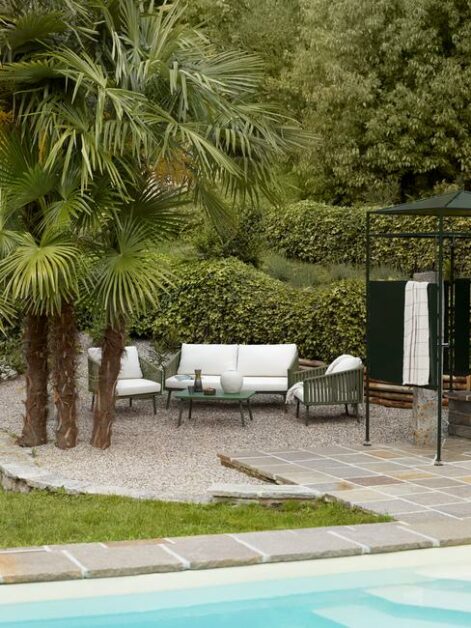
Among the most suitable varieties for topiary art, the yew and the cypress also stand out. Another typical element is the lemon house and the collection of citrus fruits which can occupy a dedicated area or stand out in large decorated terracotta pots.
On a chromatic level, green has absolute precedence, but there is no shortage of spectacular blooms such as those of climbers , clinging to walls, pergolas and loggias.
The flowerbeds can accommodate patches of bright colors, set up with annuals and bulbous plants – such as tulips and muscari – which paint palettes with sharp contrasts and orderly shapes.
Decorative elements
The ornamental element has priority in the Italian garden. The “naturalistic” one, generally, is entrusted to the panorama or the grove that rises beyond the walls or the hedge, creating a clear contrast between the wild nature and the one “tamed” by the hand of man.
The decoration is entrusted to classically inspired statues, vases and various architectural elements . Stone is the protagonist of basins, stairways and balustrades which, together with the green “sculptures”, create a perfectly harmonious whole.
Water
The use of water in the formal garden reaches heights of authentic virtuosity. Large stone basins and monumental fountains create movement, praising the fertility of nature.
The latter is also echoed by the presence of statues dedicated to river and sea deities and, sometimes, by decorated caves.
Often, the use of water has a playful intent, as happens with the water games that entertain visitors at the Boboli Gardens.
Ideas for a domestic Italian garden
The use of perspective is among the most important factors of the Italian garden: ideally, this element is also entrusted to the slopes, tamed with powerful interventions, aimed at creating complex systems of terraces connected by imposing staircases.
Obviously, to create your home garden you don’t necessarily have to be inspired by this model: in addition to requiring large sizes, creating a similar garden would be a long and expensive operation.
Here are some ideas for getting great results with a reasonable budget.
Layout
How to create a beautiful Italian garden? To begin with, paying the right attention to design.
To create the garden from scratch and draw the scheme you can use paper, eraser and pencil or rely on the computer, based on your preferences.
If the space available is limited, you can simply draw a large square – or rectangle – within which you will place a series of flowerbeds: four on the perimeter, triangular or square in shape, and one in the center, possibly replaced by a small one. fountain.
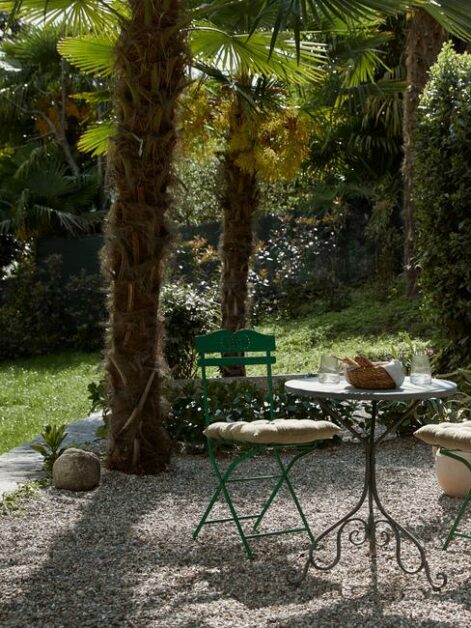
All around you can place shrubs – preferably pruned into spheres or geometric shapes such as the tetrahedron – and any garden or medium-height furniture, also rigorously shaped: if desired, you can create arches or battlements (if you are a wizard some scissors or know a good gardener!).
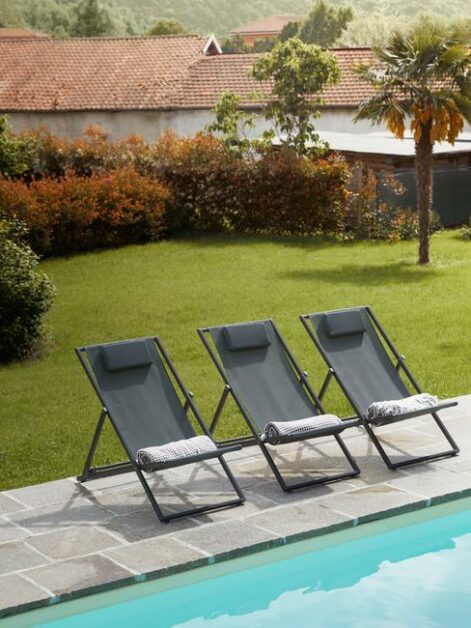
Lawn and paths
If the square footage increases you can expand the scheme already described with additional flowerbeds and decorative elements and make the project more elaborate.
Otherwise, you can work on the simplest “module” and take care of all the details, so as to make it a real jewel.
Even a small Italian garden, after all, can be quite challenging to maintain: don’t forget, for example, that the non-walkable areas will have to accommodate a lush and perfectly mowed lawn .
Even the paths – paved or covered with light gravel – must be impeccable. Try to ensure that the walkways intersect at right angles and develop along parallel lines.
Bushes
In the Italian garden the bushes prevail over the flowers, as well as tall trees – with the exception of hedges and trees that possibly stand out along the perimeter (such as rows of cypresses).
Even shrubs , however, can be used to create verticality. You can place them, for example, at the corners of flowerbeds or inside them, planted on the ground or raised in large containers.
Decoration
How to beautify your garden ? A good idea is to insert elements in series that create a sort of ordered cadence.
Let’s think, for example, of a collection of terracotta vases – in stone or concrete – positioned along a driveway, a staircase or a loggia.
Or, to a series of lampposts or other light furnishings with a discreet and refined touch. Do you want to add one or more statues ?
Calibrate the quantity well based on the useful space: also in this case you can recall similar elements, creating a succession of statues placed, for example, in front of “niches” sculpted inside the hedges.
To create a visual focus you can limit yourself to a scenographic fountain located in the center of the garden, or even better inside a tub full of water.
Even the smallest space, as you can see, can accommodate very interesting plays of perspective, as long as the initial project is studied carefully (perhaps by contacting a good designer!).
